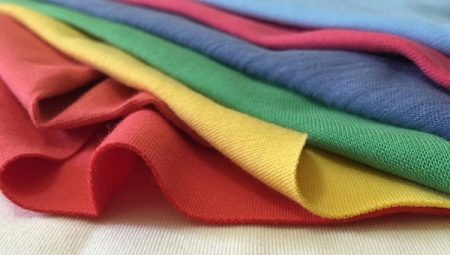Knitwear is one of the most popular fabric fabrics. It is used for sewing clothes, as well as textile products. Interlock and kulirka are typical representatives of it. Fabrics are similar to each other and have common properties. But if you look closely, there is some difference between them.
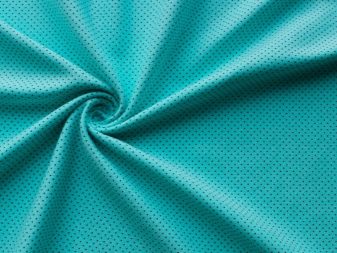
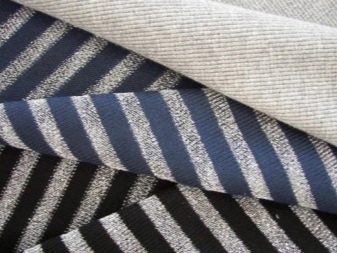
Weaving fabric
The name of the fabric comes from the French word "cooler", which translates as "bend". Her canvas is formed by the transverse plexus of threads. On the front side, the cooler pattern is of the same type, with a small pigtail, and on the wrong side - in the form of rectangles. This is a natural fabric made of cotton. To increase its positive properties, synthetic or natural fibers can be added to it. But their number should not exceed 10%. Of the additional fibers used:
- wool - holds heat well and does not absorb odors;
- silk - gives softness to products;
- polyester - protects things from shrinkage, increases wear resistance, does not allow burnout under the influence of ultraviolet radiation, products from such a cooler wrinkle less;
- Lycra - provides firmness and elasticity of the fabric, increases strength by 30%.
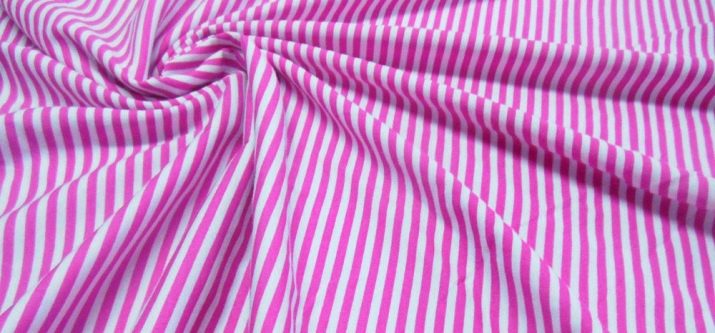
The quality of the fabric includes such concepts as: peeling, that is, rolling the pile, color fastness, deformation, etc. They are affected by the length of the fibers from which the fabric is woven. Based on this, the kulirk is distinguished by class.
- Openpen - poor quality fabric with fiber lengths within 27 mm. She is loose and prone to deformation. Holds color poorly and wrinkles a lot. Basically, underwear is made from it.
- Carde - middle class fabric, fiber length - 35 mm. It has average quality characteristics.
- Singing - premium canvas with a fiber length of 80 mm.As a rule, its filaments undergo mercerization (treatment with caustic soda in solution). After that, the fabric is washed with hot, and then with cold water. This method significantly improves the quality of matter: protects from fading, gives strength and silkiness. Its density can reach up to 200 g / m².
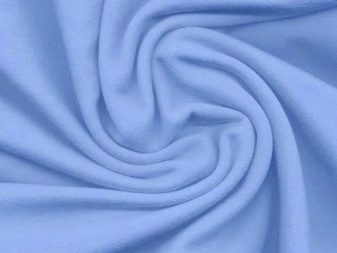
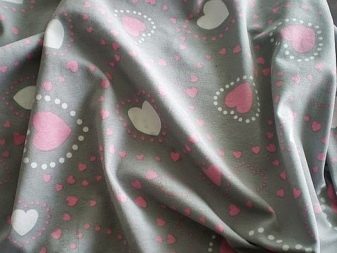
According to the color scheme, the kulirk is distinguished by monophonic and melange. It is also very convenient to apply embroidery, photo printing, silk-screen printing to the fabric.
Culinary fabric is great for sewing children's clothing: vests, sliders, hats. And also for adults - they make t-shirts, dresses, skirts, sports sets from it. The fabric is very light and thin, so it is used for the production of summer clothes.
Culinary material is used for the manufacture of bedding, as well as bathrobes, nightgowns, pajamas. The needlewomen sew dolls and other toys from it.
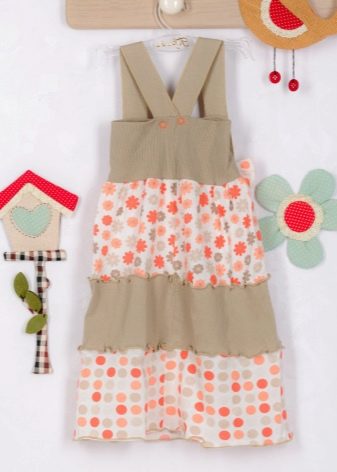
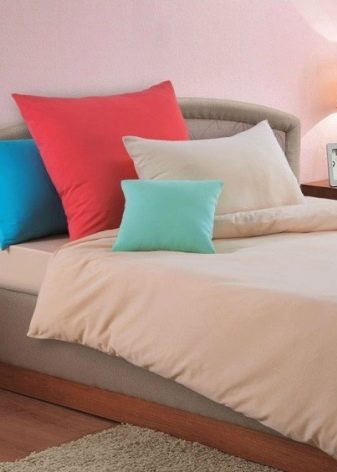
Interlock Properties
The name of the fabric, translated into Russian from English, means “crossover”. She owes that name to the peculiar weaving of her loops. Interlock is a knitted fabric that has an exclusively cotton base. Its peculiarity is that it is not woven, but knitted on special knitting machines. In this case, needles located in 2 rows are used. Due to this, the fabric is characterized by high strength and density - up to 300 g / m². The loops inside the canvas intersect in such a way that it turns out to be double, the same on both sides. For this reason, it is also called bilastic or double knitwear.
Interlock is a fairly soft, delicate and body-friendly knitwear. But it is much denser than many of its other varieties.
Its main characteristics:
- strength - things from this material have high wear resistance;
- stability - it stretches a little worse in width, unlike other types of knitwear, but keeps its shape well and does not undergo deformation with proper care.
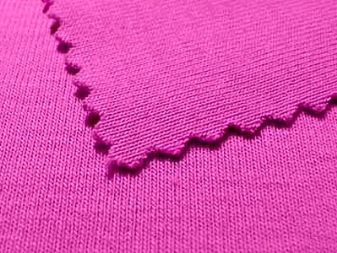

By quality, interlocks are divided into 3 classes: singing, ring (or card), opposed - higher, middle and lower, respectively. Their properties depend on the length of the threads. The quality of the product is also affected by the presence of additional threads in it. If this is allowed, then the fabric loses its uniqueness. You can always determine a defective product by the presence of villi on it. They are the evidence of synthetic impurities. Natural interlock has an absolutely smooth surface, since it is 100% cotton.
Thanks to its delicate and natural texture, magnificent baby things are made from it. They do not irritate the baby's skin, they are warm and comfortable. In addition to children's knitwear, all kinds of clothes for adults are made from matter: bathrobes, dresses, clothes for sports, skirts, etc. Due to their density, interlocks are used to sew warm clothes for the cold season.
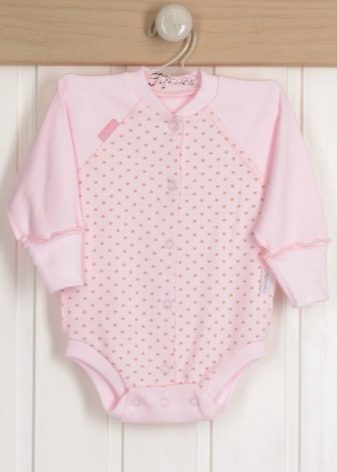

General and various
In general, interlock and cooler have much in common.
They are united by the following qualities:
- hypoallergenicity;
- resistance to wear;
- ease in leaving;
- practicality in use;
- elasticity;
- comfort;
- hygroscopicity.
The canvases differ among themselves, first of all, with density. Interlock is thicker in structure than the cooler. If the thickness of the first is capable of reaching up to 300 g / m², the linen fabric has a density of a maximum of 200 g / m². Due to this, the interlock, of course, is much warmer, but more dense. The cooler is lighter in sensations and passes air well. Due to its strength, interlock material stretches a little less, but also deforms less. Culinary canvas is more prone to distortion.
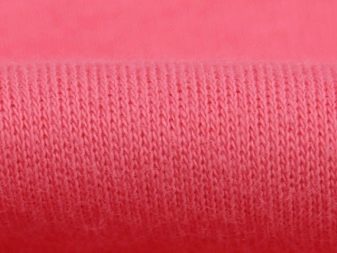
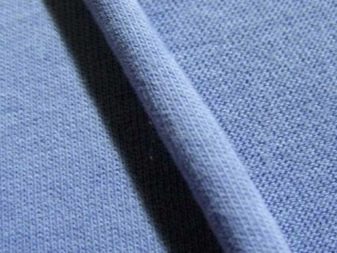
Another important difference is that the interlock does not shoot arrows on the canvas. Culinary matter can. They usually move away from the seam and go along the canvas. Interloka tissue does not have a front and wrong side - they are the same in structure. In culinary matter, 2 sides differ from each other.If the kulirku is mainly used for sewing clothes and underwear, then bed linen, bedspreads, curtains are also made from interlock.
It’s hard to say which fabric is better. Due to their structure, they have different purposes. One is good in the summer, the other in the winter. Therefore, choosing among 2 canvases, one should be guided by its purpose.
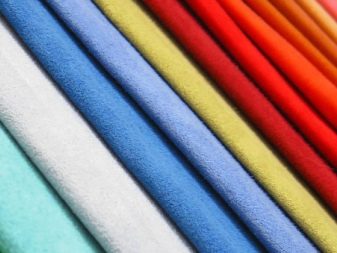
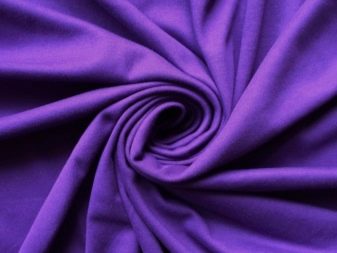
Despite some differences, both materials have the same care requirements:
- washing water temperature - up to 40 ° (too hot water can lead to shrinkage or stretching of products);
- delicate spin;
- Do not bleach;
- dry on an unfolded towel so that things do not stretch out;
- iron at a low temperature from the wrong side;
- protect wet clothing from the sun, as it quickly burns out.
Interlock and cooler - practical and high-quality knitwear. Each of them has its own field of application: the interlock will warm in the cold, and the cooler will allow the body to breathe in hot weather. Choose for yourself only upscale matter. Only in this way you will get a worthwhile product and the pleasure of its use.

In the next video, you will find an overview of the types of knitted fabric, including interlock and cooler.
